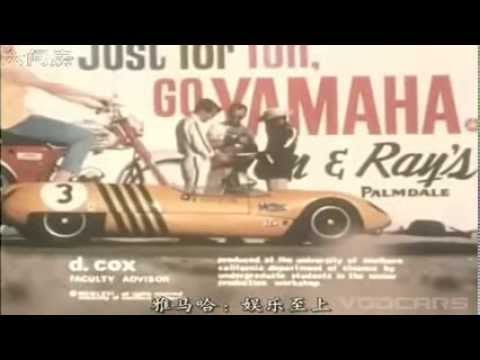Before ‘Star Wars’, George Lucas was Really into Shooting Formula 1 Cars

Before George Lucas became one of the most influential figures in modern cinema, he was a teenager immersed in Modesto, California’s street racing culture during the early 1960s. In fact, his original aspiration was to become a professional race car driver.
However, that dream was cut short by a near-fatal crash shortly after his 1962 high school graduation. But the accident turned out to be a sliding doors moment as Lucas pivoted toward other interests and enrolled at the University of Southern California’s film school.
According to a report by Jalopnik, his early passion for speed found expression in his student short film 1:42.08 to Qualify, an eight-minute documentary-style piece that followed racer Peter Brock attempting to qualify in a Lotus 23 at Willow Springs Raceway.

Brock later recounted that Lucas already had ideas for a space-themed story. “It sounded kind of like Buck Rogers with strange creatures and better weapons,” Brock wrotes on his website. “Very strange and we just kind of nodded and patronized this enthusiastic kid.”
However, the techniques deployed on 1:42.08 to Qualify were impressive. Lucas shot a lot of the footage, sometimes riding alongside Brock to capture shots of gear changes and instrument panels. The film, devoid of dialogue, focused on visceral, kinetic visuals that remain influential in automotive cinematography.
Shortly after completing the short film, Lucas joined the production crew of Grand Prix (1966), director John Frankenheimer’s Formula One drama. According to Skywalking, a biography by Dale Pollock, Lucas was deeply influenced by both the film’s visual techniques and the contrast between Hollywood’s large-scale production model and his own minimalist approach. While the Grand Prix crew retired to trailers, Lucas and his colleagues opted for sleeping bags.
Though he admired Grand Prix’s cinematic ambition — particularly the visual style shaped by designer Saul Bass — Lucas was disillusioned by the film’s massive 120-person crew and what he viewed as excessive waste. This experience informed his preference for streamlined production teams, an approach he maintained through his early feature films THX 1138 (1971) and American Graffiti (1973), both produced on modest budgets.

Lucas carried that ethos into the making of Star Wars (1977), which had a significantly smaller crew than Grand Prix despite the film’s scale. To manage its ambitious visual requirements, he founded Industrial Light & Magic (ILM), a visual effects company designed to reduce production complexity and costs. ILM’s innovations allowed Lucas to create expansive scenes using miniatures and soundstage sets, setting a new standard for visual storytelling.
Adjusted for inflation, Grand Prix cost approximately $89 million to produce, while Star Wars: Episode IV – A New Hope came in at about $58.5 million. Both films were critical and commercial successes, but Star Wars went on to launch one of the most lucrative media franchises in history.
And although Lucas became best-known for sci-fi, his camera work on Grand Prix undoubtedly would have inspired cinematographer Claudio Miranda and the rest of the crew who made the recently-released F1 movie.
Source link



